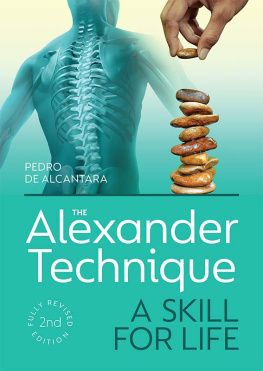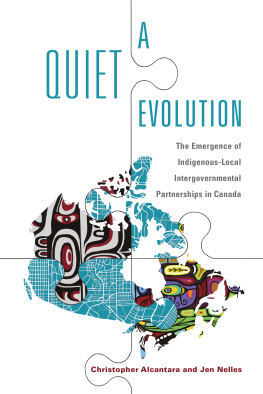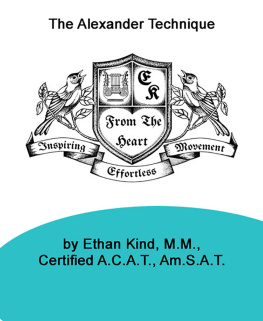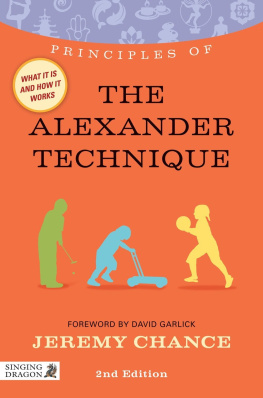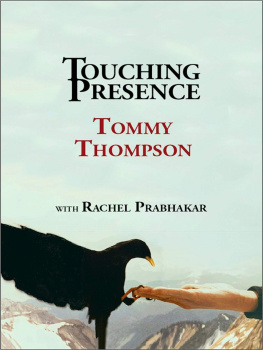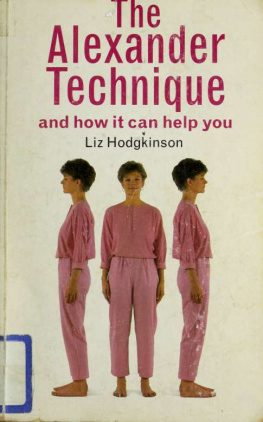de Alcantara Pedro - The Alexander Technique
Here you can read online de Alcantara Pedro - The Alexander Technique full text of the book (entire story) in english for free. Download pdf and epub, get meaning, cover and reviews about this ebook. publisher: The Crowood Press, genre: Religion. Description of the work, (preface) as well as reviews are available. Best literature library LitArk.com created for fans of good reading and offers a wide selection of genres:
Romance novel
Science fiction
Adventure
Detective
Science
History
Home and family
Prose
Art
Politics
Computer
Non-fiction
Religion
Business
Children
Humor
Choose a favorite category and find really read worthwhile books. Enjoy immersion in the world of imagination, feel the emotions of the characters or learn something new for yourself, make an fascinating discovery.
- Book:The Alexander Technique
- Author:
- Publisher:The Crowood Press
- Genre:
- Rating:4 / 5
- Favourites:Add to favourites
- Your mark:
- 80
- 1
- 2
- 3
- 4
- 5
The Alexander Technique: summary, description and annotation
We offer to read an annotation, description, summary or preface (depends on what the author of the book "The Alexander Technique" wrote himself). If you haven't found the necessary information about the book — write in the comments, we will try to find it.
The Alexander Technique — read online for free the complete book (whole text) full work
Below is the text of the book, divided by pages. System saving the place of the last page read, allows you to conveniently read the book "The Alexander Technique" online for free, without having to search again every time where you left off. Put a bookmark, and you can go to the page where you finished reading at any time.
Font size:
Interval:
Bookmark:

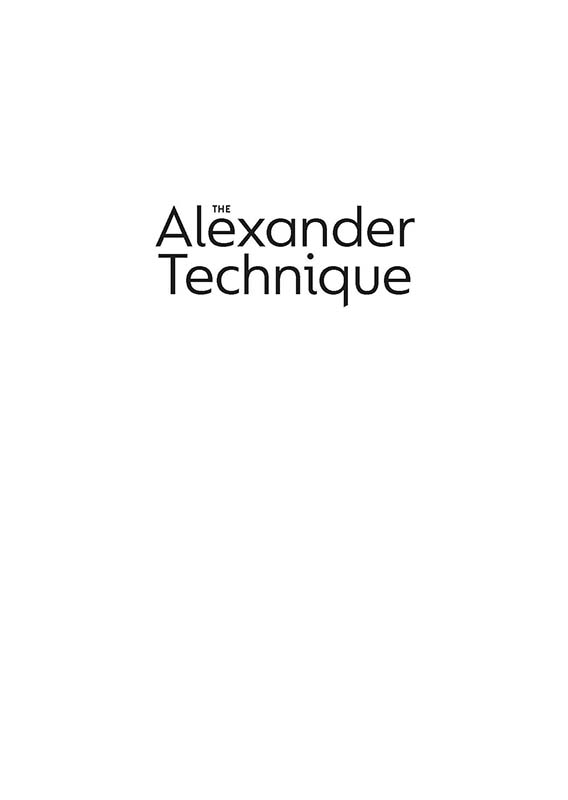
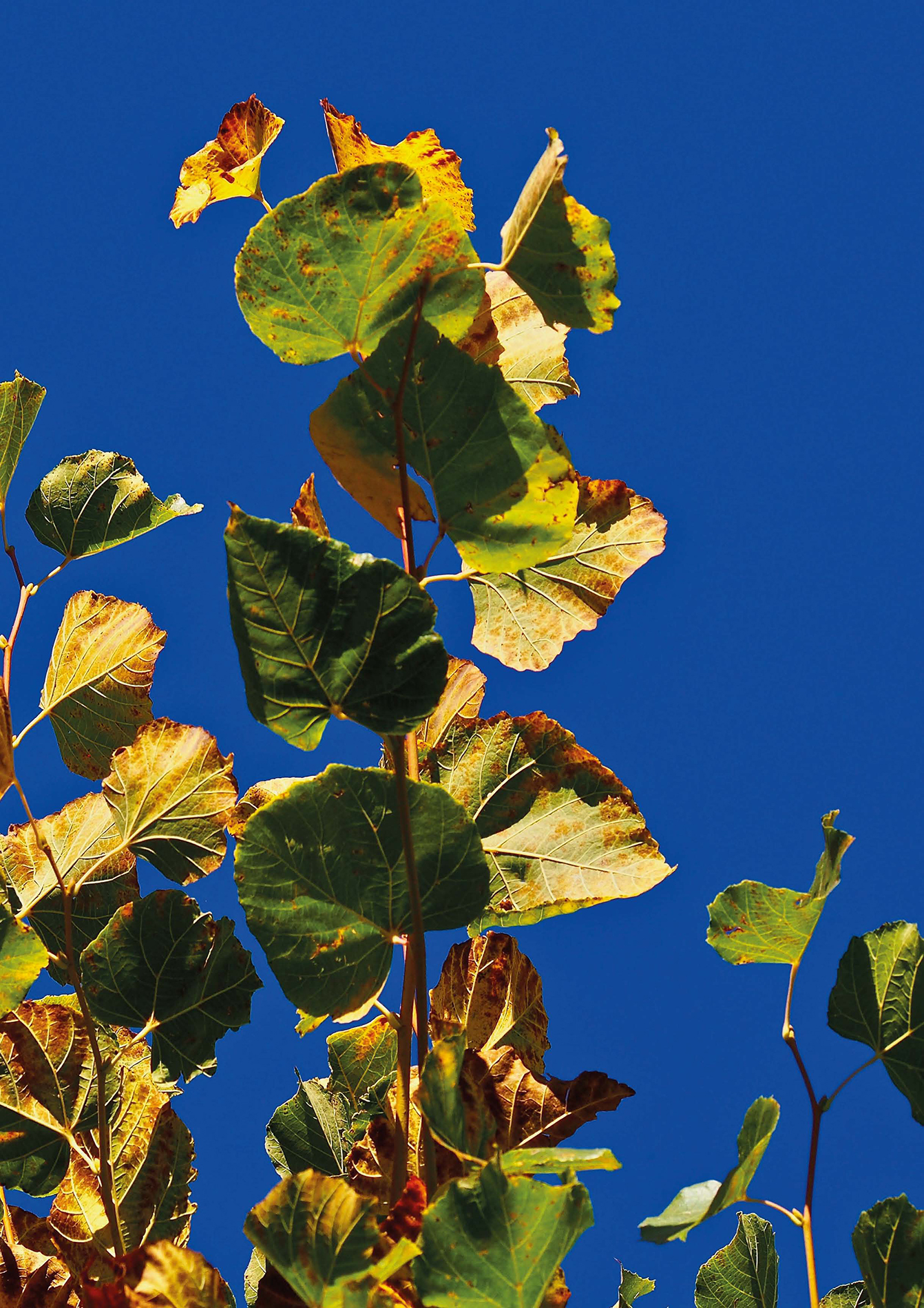

First published in 1999 by
The Crowood Press Ltd
Ramsbury, Marlborough
Wiltshire SN8 2HR
www.crowood.com
Revised edition 2021
This e-book first published in 2021
Pedro de Alcantara 1999 and 2021
All rights reserved. This e-book is copyright material and must not be copied, reproduced, transferred, distributed, leased, licensed or publicly performed or used in any way except as specifically permitted in writing by the publishers, as allowed under the terms and conditions under which it was purchased or as strictly permitted by applicable copyright law. Any unauthorised distribution or use of this text may be a direct infringement of the authors and publishers rights, and those responsible may be liable in law accordingly.
British Library Cataloguing-in-Publication Data
A catalogue record for this book is available from the British Library.
ISBN 978 1 78500 839 9
Cover design by Sergey Tsvetkov
PREFACE TO THE NEW EDITION
B ooks have a surprising life of their own. Behind the backs of readers and writers alike, books change, grow and mature, unnoticed.
In 1994, I was a young and inexperienced teacher of the Alexander Technique living in Paris. Thanks to a friendly recommendation from my colleague Annie Mote, I received an invitation from a French publisher to write a book for the general public. Despite my then shaky command of the French language, I accepted the challenge and pulled together a modest volume entitled La Technique Alexander: Principes et Pratiques. It was published by Editions Dangle in 1997. To my surprise and delight, its still in print.
I then rewrote the book in English, tweaking its language and softening some of its edges. The Crowood Press generously took an interest in the book, and published it in 1999 as The Alexander Technique: A Skill for Life. Again to my surprise and delight, it has stayed in print for twenty years, having won some fans and friends among my Alexander Technique peers and their students.
Ten years later, a Japanese colleague wanted to see A Skill for Life published in Japanese. I decided to look at it again, and before the translator did his work I revised it, further tweaking its language and softening some of its edges. (As I said, I was young and inexperienced when I first wrote the book!) The Japanese version came out in 2011, thanks to the handiwork of Hitomi Ono, Fumiko Katagiri and Yoshi Kazami.
Soon after, my colleagues in Estonia used the revised English text to publish Alexanderi Tehnika: Oskus Kogu Eluks. It came out in 2012, and I owe this pleasure to Conrad Brown, Karen Brown and Kristel Kaljund.
And in early 2020, The Crowood Press invited me to revisit the original A Skill for Life, which youll recall was born more than twenty years ago. And here we are! In my estimation, its the fourth version of the book. I still consider myself young and inexperienced. Things are always relative, and Im certainly younger and less experienced today than I will be in twenty years from now. With any luck, well all meet again in 2040, and well enjoy reading the fifth, or the sixth, or the twelfth edition of this little book. Lets hope that, by then, its edges wont be so rough any more.
Pedro de Alcantara
Paris, February 2021
ILLUSTRATION CREDITS
Drawings Alexis Niki, by permission.
Photographs of F.M. Alexander 2020 The Society of Teachers of the Alexander Technique.
Caroline (): Courtesy of Catherine de Chevilly.
Iolane Luahine (): Topgalant Publishing Co., with thanks to Sandra Kwock-Silve.
Little girl on bench (): Lindsay Newitter.
Boy and dog (): Soldeandalucia | Dreamstime.
Bridge structure (): Kim Newberg.
Woman hailing taxi (.
Boy sitting (
Surfer (): Andrew Schmidt.
Baby boy squatting (): with thanks to Michelle and Bernard.
Gardener squatting (): Lindsay Newitter.
Woman vacuuming (): Lindsay Newitter.
Little girl lunging (): courtesy of Brigitte Cavadias.
Film stills from Min Agl Hobbi and Risalat Gharam (): Institut du Monde Arabe, by permission of Films Regent.
Boy squatting at the beach (): courtesy of Joelle Schneider.
Soccer player (.
Boy playing hockey (.
Girl with computer (.
Maasai woman (.
Artur Rubinstein (): Lotte Meitner-Graf, courtesy of the Rubinstein family.
Annie, aged six (): courtesy of Richard Beavitt and Annie Robinson.
Horn player (): Lindsay Newitter.
Boy playing soccer (): courtesy of Jrg Schnass.
Photos Pedro de Alcantara: branches and leaves ().
The author has made every effort to contact all copyright owners and would be happy to amend these acknowledgements in later editions of the book.
INTRODUCTION
My back is hurting me, I think my bed is too soft.
My son is very stubborn. He never obeys me.
You breathe badly, you should do some breathing exercises. Go on, take a deep breath.
That man is irritating.
My shoulders are tight.
I have scoliosis.
Grandma is getting older, its natural for her back to become a bit round.
Life in a big city is stressful. I wish I could move to the countryside.
I hate my body. I love my body.
Thats just the way I am. Theres nothing I can do about it.
Hes so intelligent, what a shame that he beats his wife.
Relax. Sit straight.
Swimming is the best exercise.
My mother-in-law is horribly unpleasant. I detest her.
I try my hardest, but I lack willpower.
Stop crying, for heavens sake!
Y ou have undoubtedly said similar phrases, and heard them said by a friend, in school, at the gym, at a doctors office.These phrases describe a situation, a persons character, or an attitude. Many of the phrases evoke a problem; some of them point to a solution as well. In certain phrases the problem is explicit, the solution implicit; sometimes its the other way around.
Its true life in the countryside is easier than in a big city. Its true old people are naturally round-backed. Its true a soft bed causes back trouble. Its true everybody should sit straight. Its true deep breathing is good for you.
Our observations, our thoughts, our words and our actions are intimately connected. We observe this or that fact: a reality, a truth. We draw conclusions from our observations: this causes that. And we act upon our conclusions.
My mother-in-law is mean. Everybody knows that. Well, I have to defend myself, and the only way to deal with her is to be as mean as she is.
My back is hurting me. Its obvious that my bed is too soft, so I am going to buy a firm mattress. The firmer, the better!
My shoulders are tight. Im under a lot of stress at work. I need a good massage.
Lets consider this last example. The diagnosis includes a description of symptoms (tight shoulders), an analysis of their cause (stress) and a proposed remedy (a massage). Now lets draw a general principle. To each problem there corresponds a description, an analysis and a solution. To live is to face problems, to analyse and understand them, and to find solutions for them. We may do so consciously or unconsciously. In the process we employ intuition, reason, imagination, intellect and other faculties still. Regardless of how we do it, we do so unceasingly.
Font size:
Interval:
Bookmark:
Similar books «The Alexander Technique»
Look at similar books to The Alexander Technique. We have selected literature similar in name and meaning in the hope of providing readers with more options to find new, interesting, not yet read works.
Discussion, reviews of the book The Alexander Technique and just readers' own opinions. Leave your comments, write what you think about the work, its meaning or the main characters. Specify what exactly you liked and what you didn't like, and why you think so.

